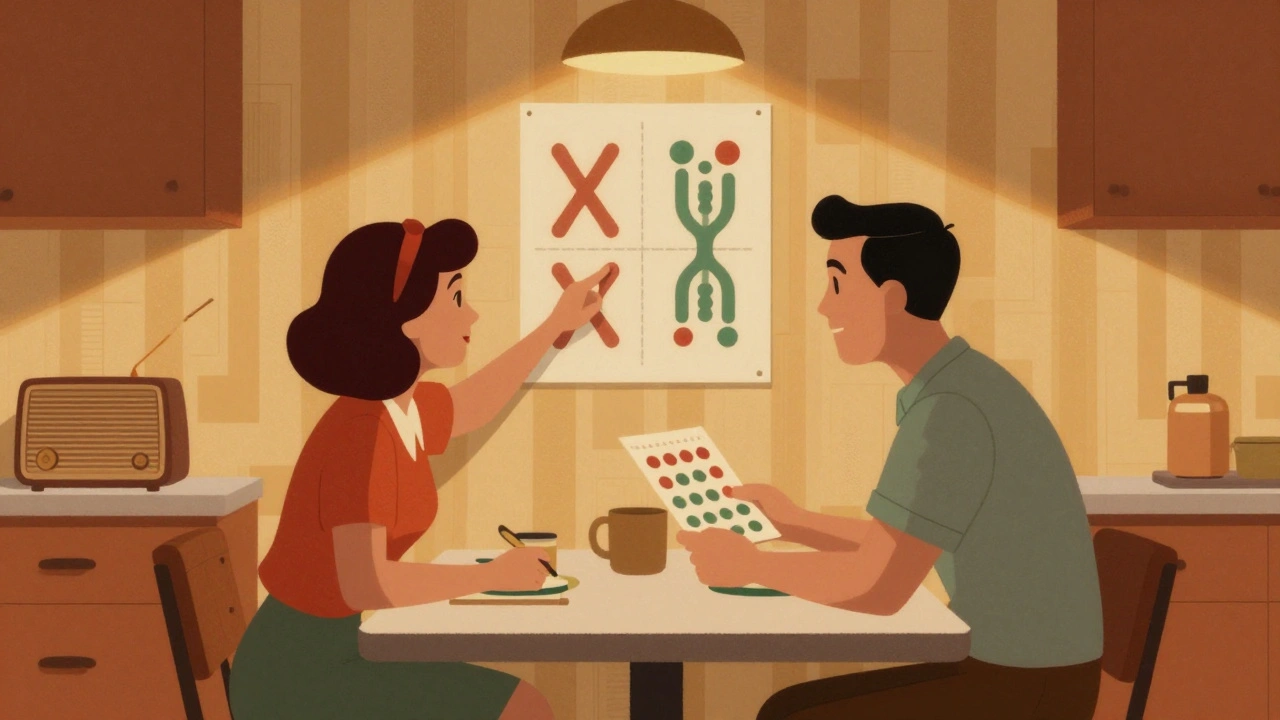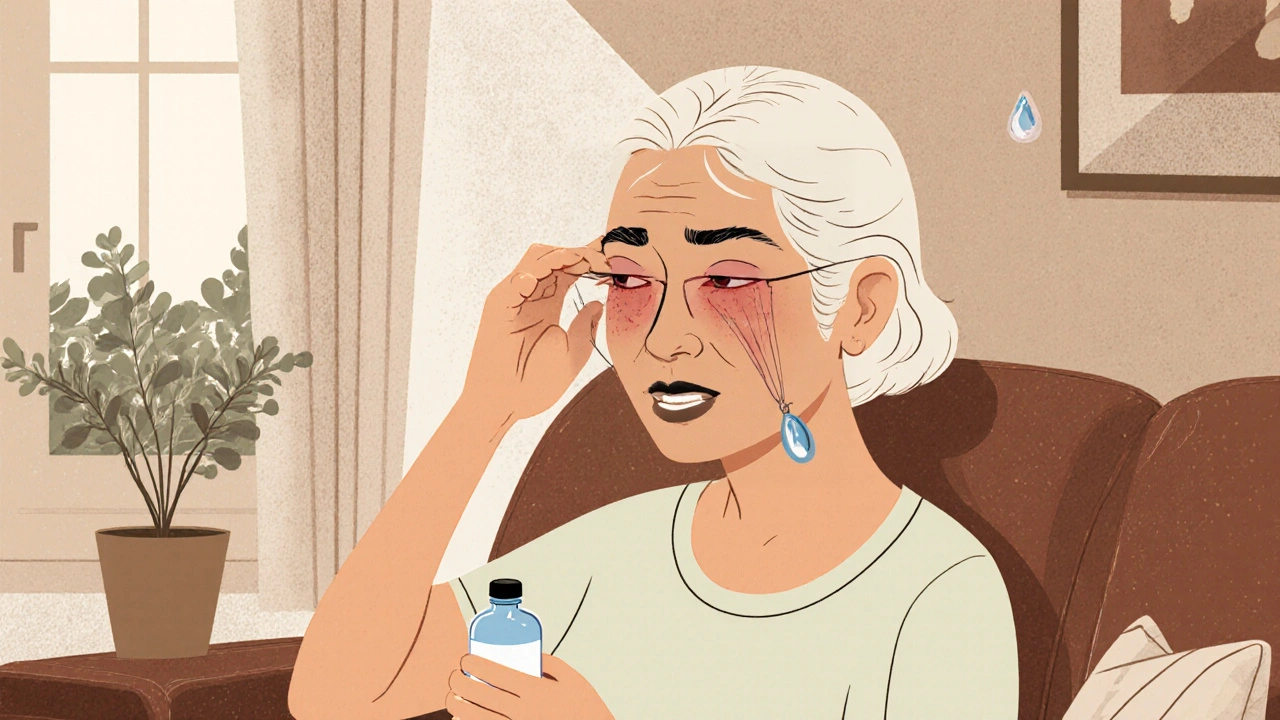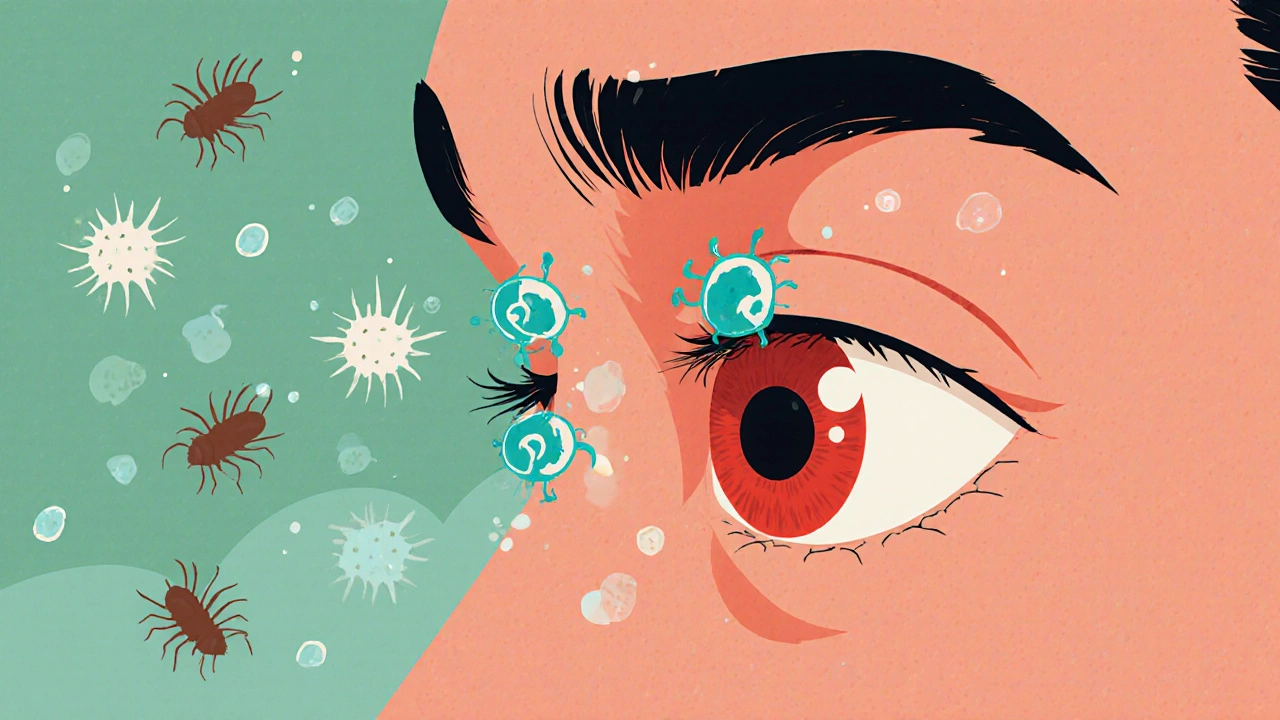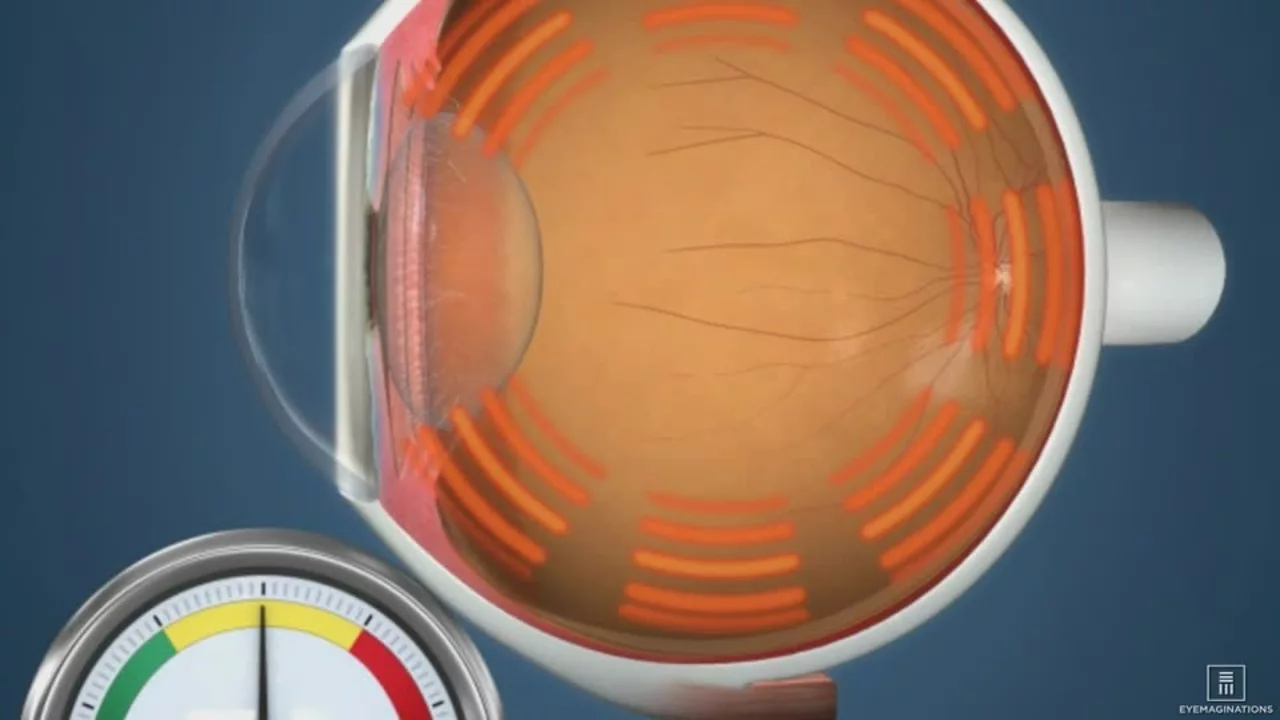Eye Health Tips You Can Start Using Right Now
Did you know that the time you spend scrolling on your phone might be raising the pressure inside your eye? That extra pressure, called ocular hypertension, can lead to serious issues if you ignore it. The good news is you don’t need a medical degree to lower the risk – just a few easy habits.
Take Breaks and Follow the 20-20-20 Rule
Every time you stare at a screen for more than 20 minutes, look away for 20 seconds at something 20 feet away. It sounds simple, but it lets the eye muscles relax and reduces strain. Set an alarm on your phone or use a browser extension to remind yourself.
Keep Your Eyes Moist and Clean
Dry eyes feel gritty and can make you blink more often, which actually stresses the surface of the eye. Use artificial tears if the air is dry, and remember to blink fully when you’re focused on a screen. A quick wipe with a clean, damp cloth can remove dust that irritates the cornea.
Regular eye exams are non‑negotiable. Even if you feel fine, an optometrist can spot early signs of pressure changes or cataracts that you might miss. Aim for at least once a year, and sooner if you notice blurry spots or frequent headaches.
Nutrition matters too. Foods rich in omega‑3 fatty acids, like salmon or walnuts, support tear production. Vitamin A from carrots and leafy greens keeps the retina healthy. Adding these to your meals is an easy way to give your eyes a boost.
If you wear contacts, follow the cleaning schedule religiously. Skipping a day can cause tiny scratches on the cornea that increase infection risk. Consider switching to glasses for activities that involve a lot of dust or wind.
Lighting in your workspace should be even and not too harsh. Position your screen so glare is minimized, and use a desk lamp with a warm hue instead of bright white LEDs that can cause additional strain.
Finally, protect your eyes from UV rays when you’re outdoors. A pair of sunglasses that block 99‑100% of UVA and UVB light shields the lens and reduces cataract risk later in life.
These steps don’t require a big time investment, but they add up to stronger, more comfortable vision. Start with one habit today – maybe set that 20‑minute timer – and watch how quickly your eyes thank you.

Color Blindness: Understanding Red-Green Defects and How They’re Passed Down
Red-green color blindness is a genetic condition affecting 8% of men and 0.5% of women, caused by X-linked gene variations. Learn how it's inherited, how it affects daily life, and what tools can help.
Read More
Eyelid Disorders: Understanding Ptosis, Entropion, and When Surgery Is Needed
Ptosis and entropion are common eyelid disorders that can block vision and damage the cornea. Learn the signs, causes, and surgical fixes-plus what you can do before surgery to protect your eyes.
Read More
How Allergic Conjunctivitis Connects to Immune System Disorders - Causes, Risks, and Management
Explore how allergic conjunctivitis is linked to immune system disorders, its causes, diagnosis, treatment options, and prevention tips for better eye health.
Read More
How Miosis Affects Color Perception and Contrast Sensitivity
Explore how pupil constriction (miosis) influences color perception and contrast sensitivity, with tips, comparisons, and the latest research insights.
Read More
Protect Your Vision: Open‑Angle Glaucoma & Eye Injury Prevention Guide
Learn how open‑angle glaucoma develops, how eye injuries increase risk, and practical steps-exam routines, treatments, and protective gear-to keep your sight safe.
Read More
The Impact of Screen Time on Ocular Hypertension and Eye Health
In recent years, I've noticed a growing concern about the impact of screen time on our eye health, particularly regarding ocular hypertension. Studies have shown that prolonged exposure to screens can lead to symptoms like eye strain, dryness, and even an increase in intraocular pressure. This can potentially contribute to the development of glaucoma, a leading cause of vision loss. To counter these effects, I recommend following the 20-20-20 rule: take a break every 20 minutes to look at something 20 feet away for 20 seconds. Additionally, regular eye exams are essential to monitor eye health and detect any potential issues early on.
Read More